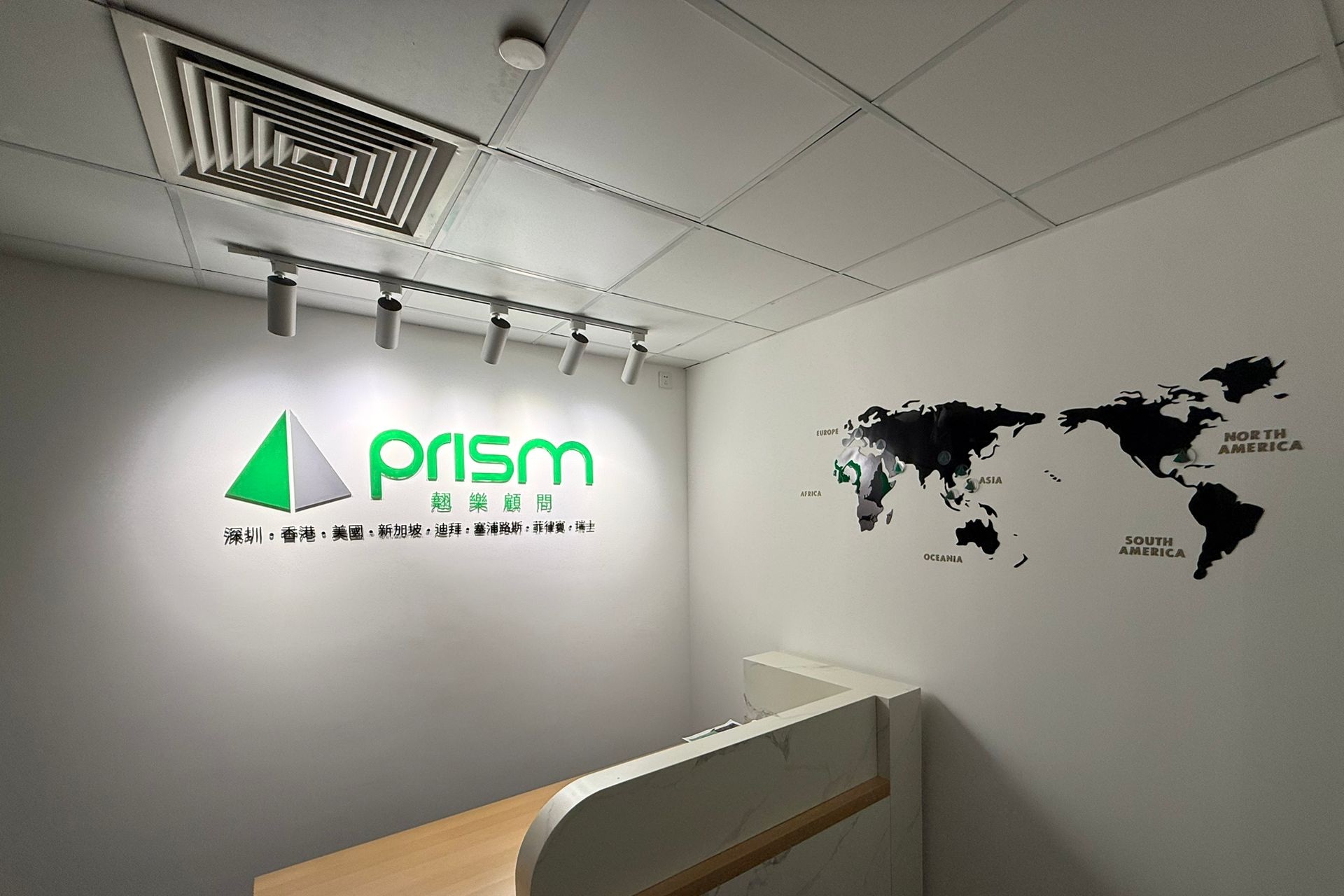Although Singapore law does not require trademark registration for use, having a registered trademark can enhance the value of your business. Registering a trademark grants your business ownership rights and helps prevent others from using a similar or identical mark without your permission.
Trademark registration procedure
The Intellectual Property Office of Singapore (IPOS) reviews each trademark application to determine its eligibility for registration. The process can take up to 12 months, depending on factors such as objections or other technical issues.
Below are the steps involved in registering a trademark in Singapore.
A. Identify class of goods and services
Before applying, you must specify the goods and services you wish to trademark. These are categorized into classes 1 through 45 according to the International Classification of Goods and Services (ICGS).
B. Self-search for conflicts
Perform a search for existing trademarks using the IPOS Digital Hub platform to ensure that no prior trademarks are identical or similar to the one you plan to use.
C. File your application
The estimated filing fee for registering a trademark with IPOS is about SG$500 per mark per class. Note that this application fee is non-refundable. Ensure that your application is submitted under the appropriate class. If your business offers a diverse range of goods or services, you may need to file applications in multiple classes.
D. Examine for compliance
After receiving your trademark application, IPOS will review it. If the application does not meet the registration requirements, you will receive an examination report detailing the objections and the particular goods or services involved. You must respond to this report within four months.
E. Publish for opposition purposes
Once accepted, the application will be published in the Trade Marks Journal for opposition. Any interested party can oppose the registration within two months of the publication. The applicant will be informed of any opposition and must provide a counterstatement to address the objections. A decision on the application will be made after reviewing submissions from both parties.
F. Successful registration
If there are no objections or if all objections are resolved in favor of the applicant, the trademark will be registered, and a registration certificate will be issued. Trademark registration is valid for ten years from the application date and can be renewed indefinitely for additional ten-year periods by paying the required renewal fee.
Trademark licence registration
As a trademark owner, you can permit another entity to use your registered trademark by entering into a trademark license agreement. This is usually formalized through a written contract that outlines the scope of the license, as well as the terms and conditions for its use. A standard trademark license agreement may include the following elements:
- Scope and terms of usage
- Duration
- Fees payable
- Exclusivity
- Permission to sub-licence the trademark
Alternatively, you can apply for a trademark license through the IPOS Digital Hub.
How Prism supports your trademark application
Trademark registration can be a lengthy and technical process, especially when objections or oppositions occur. Contact us to find out how we can be of assistance in the process.




